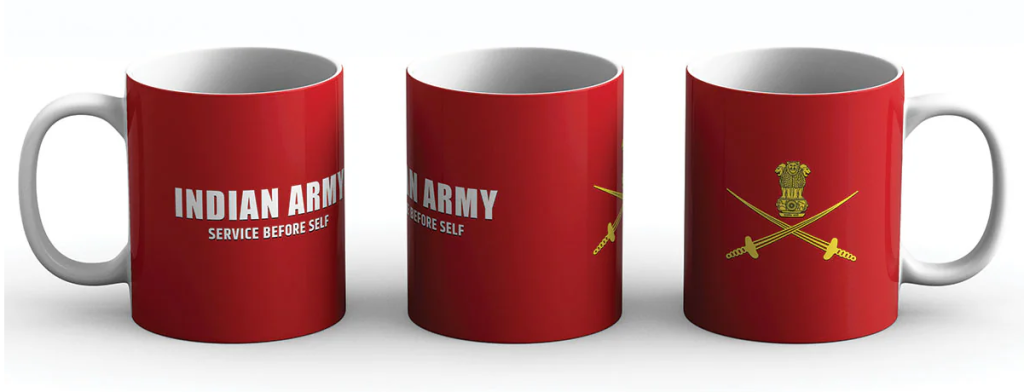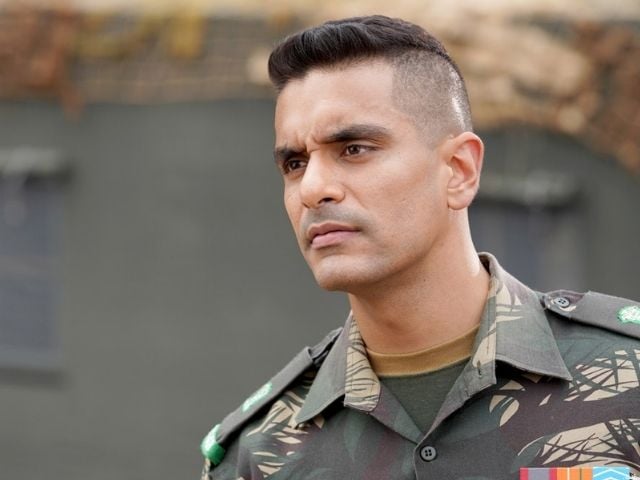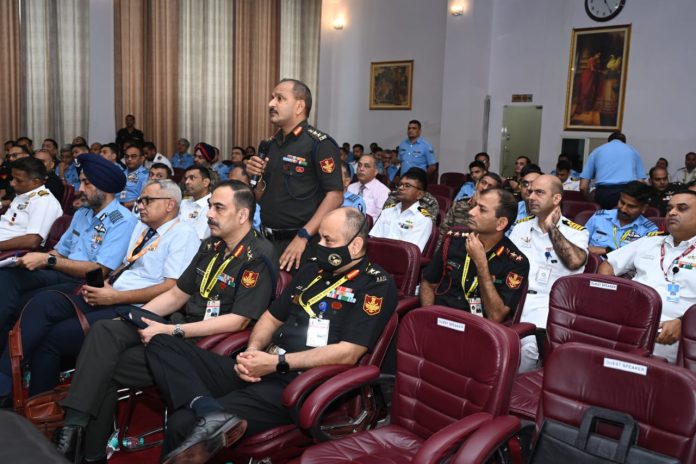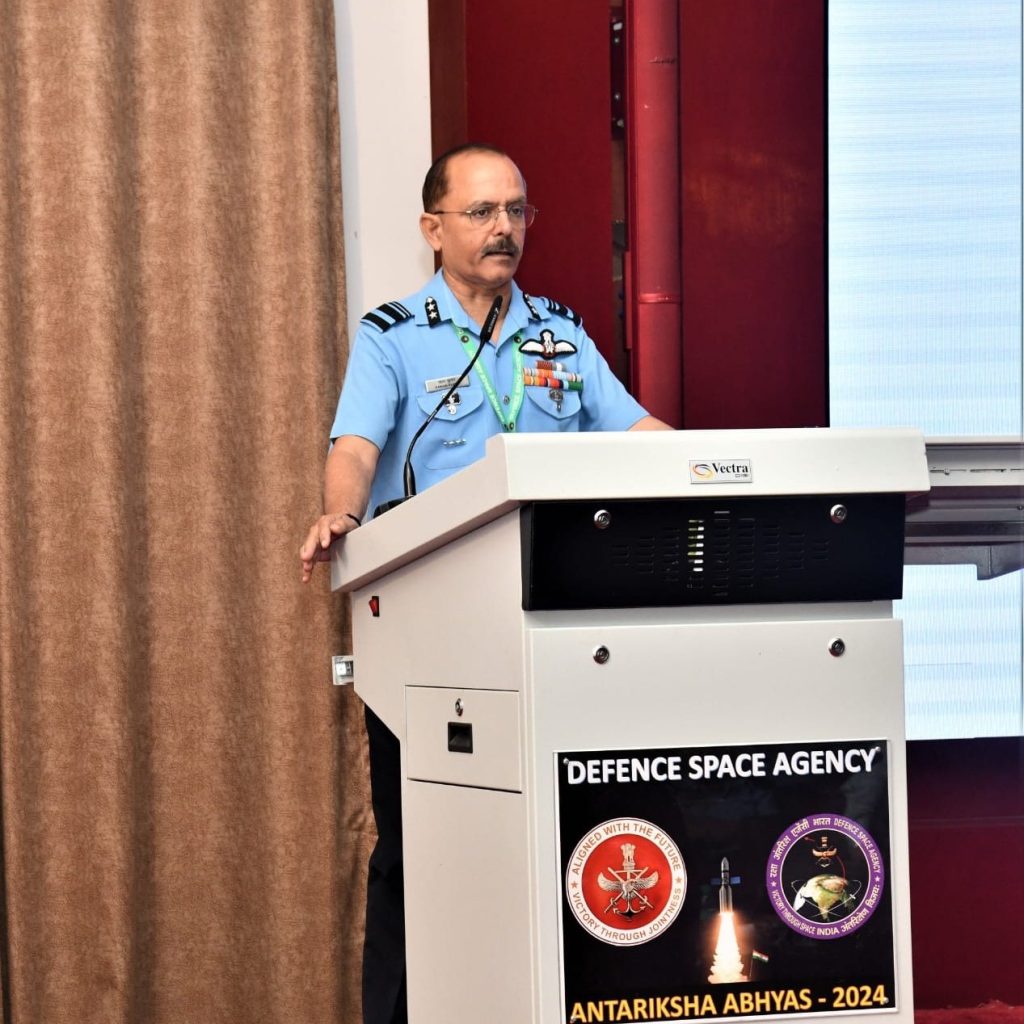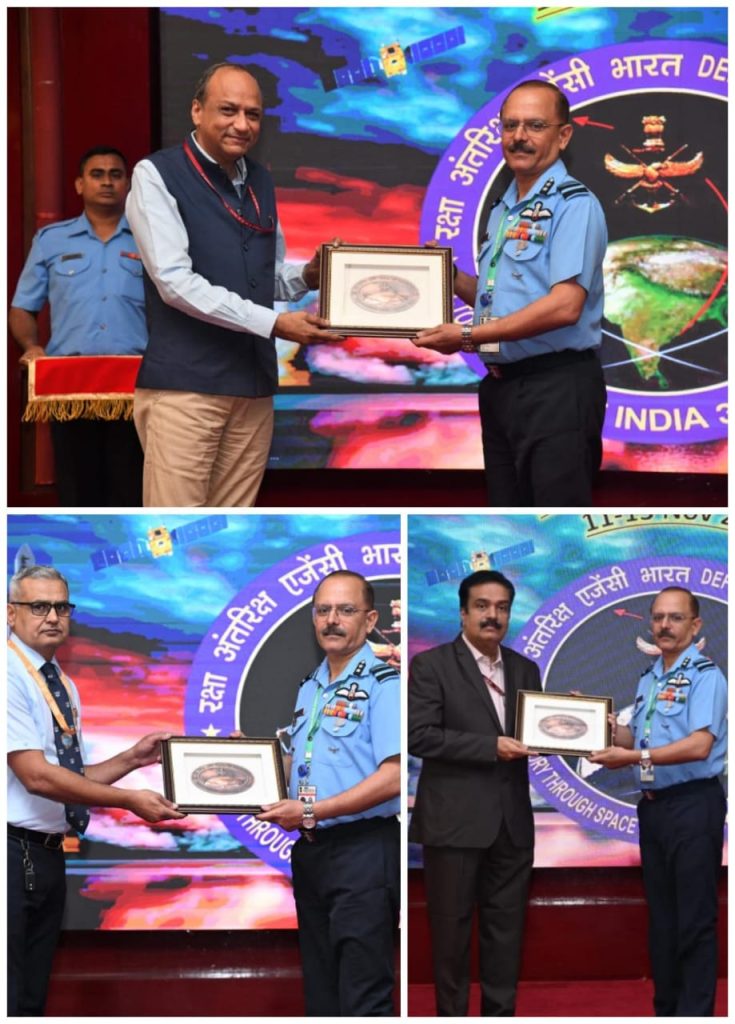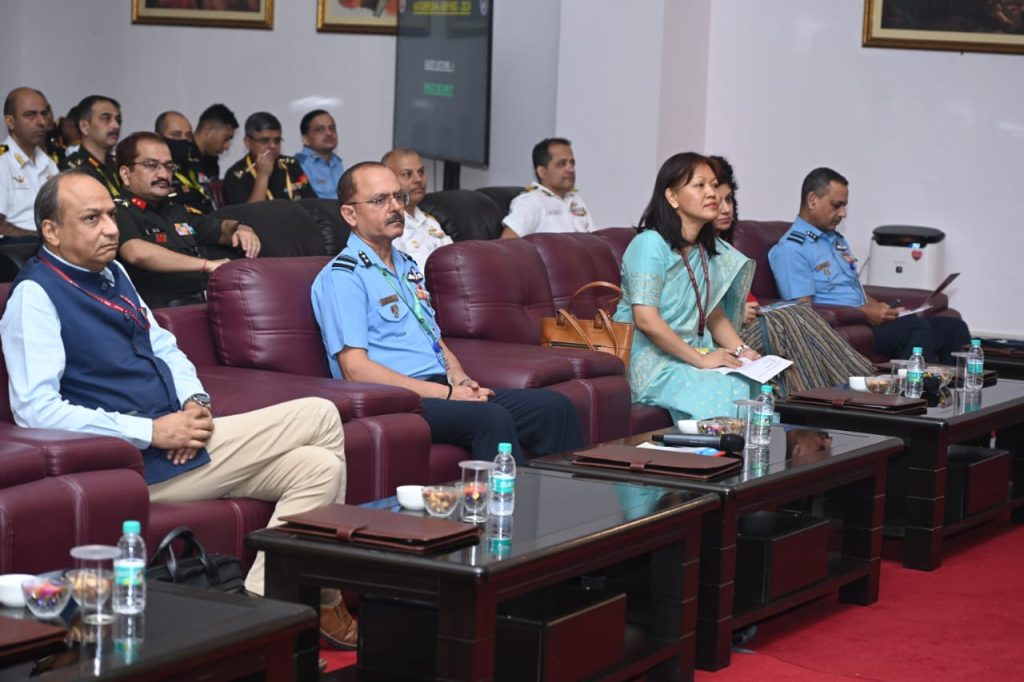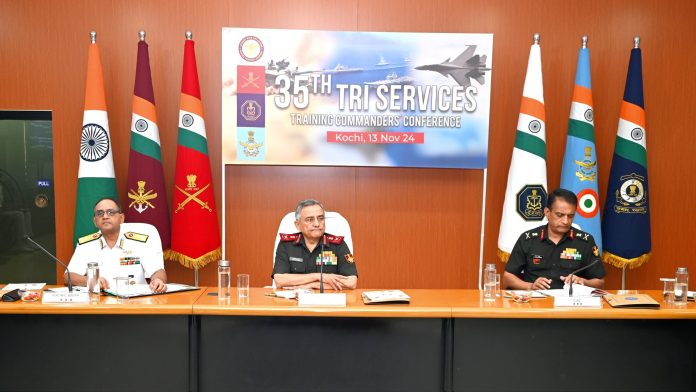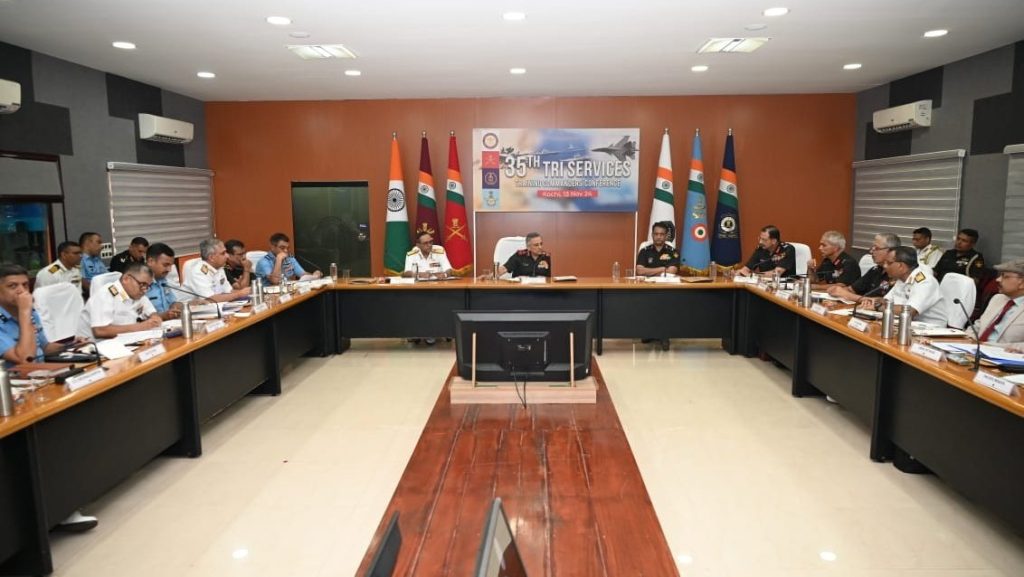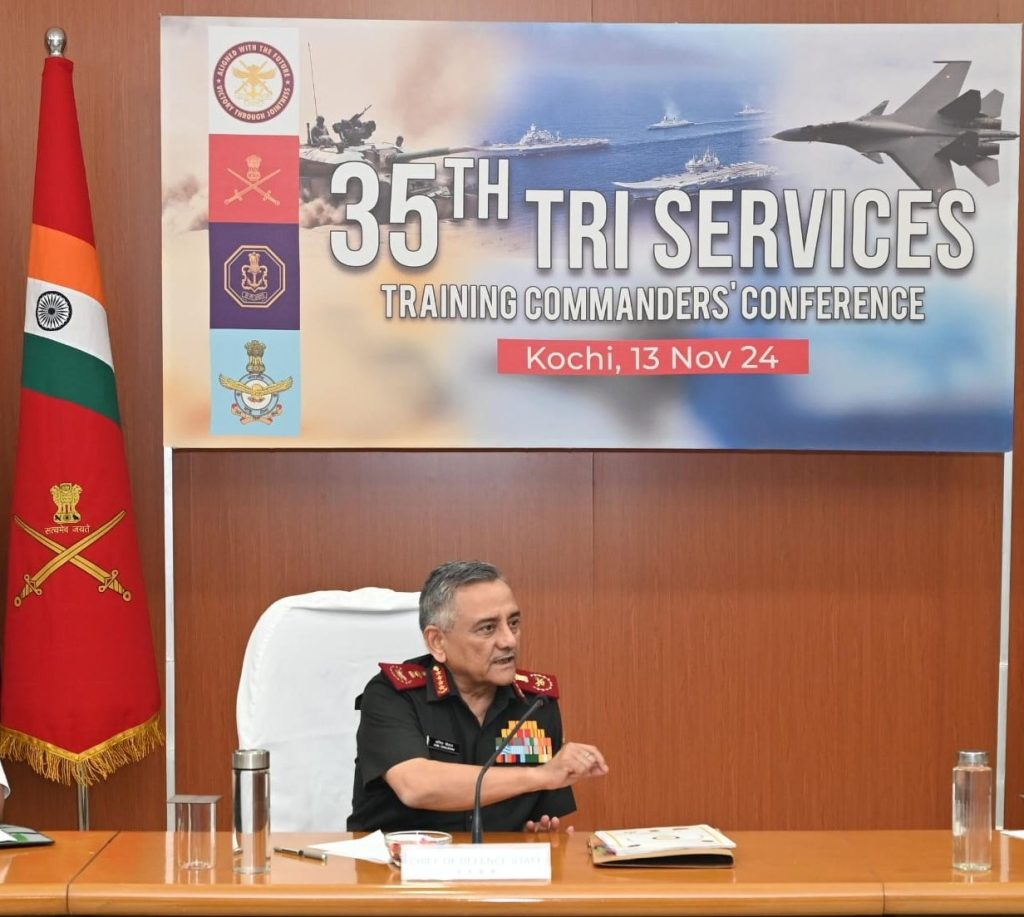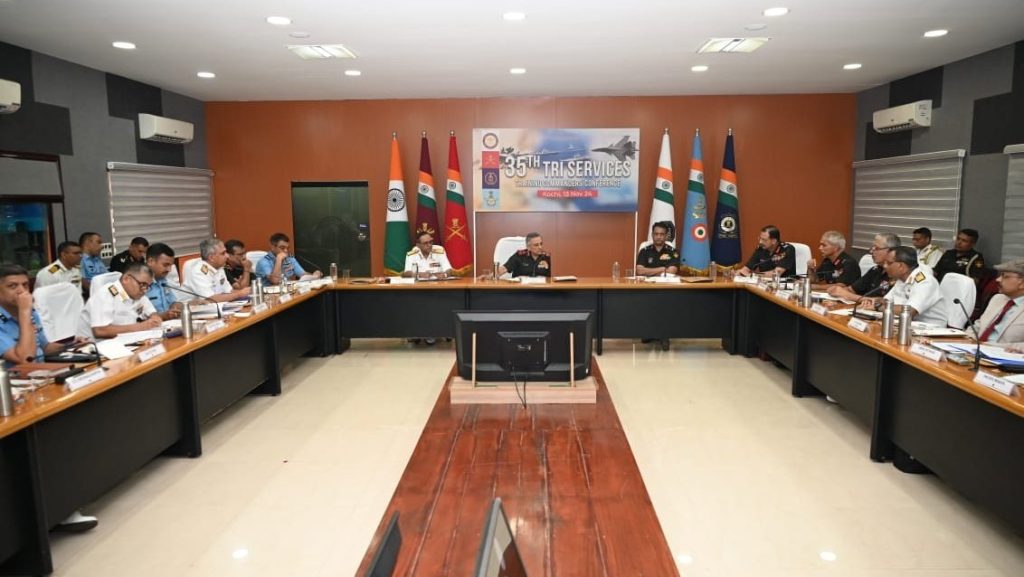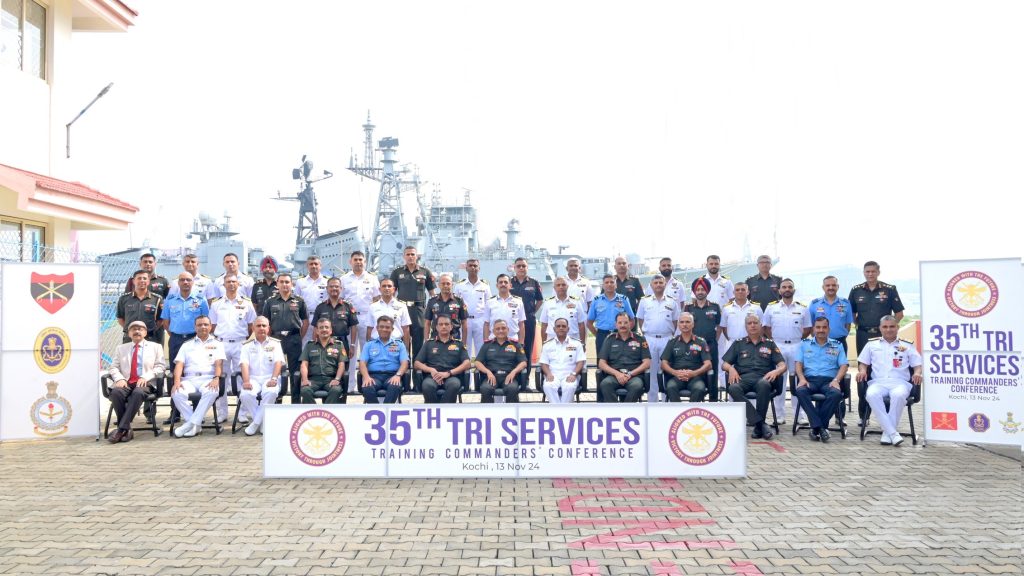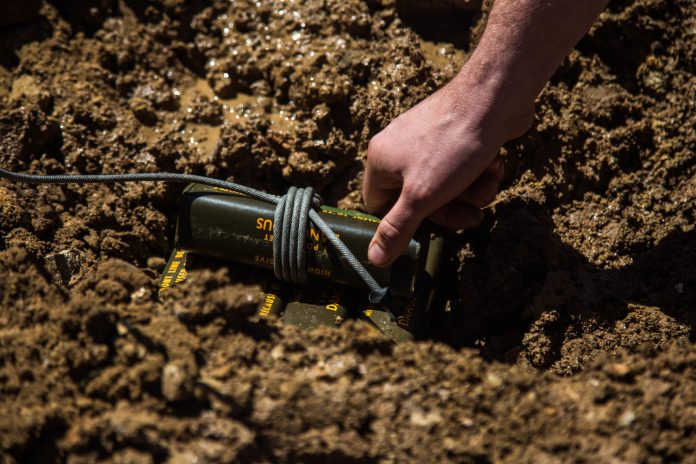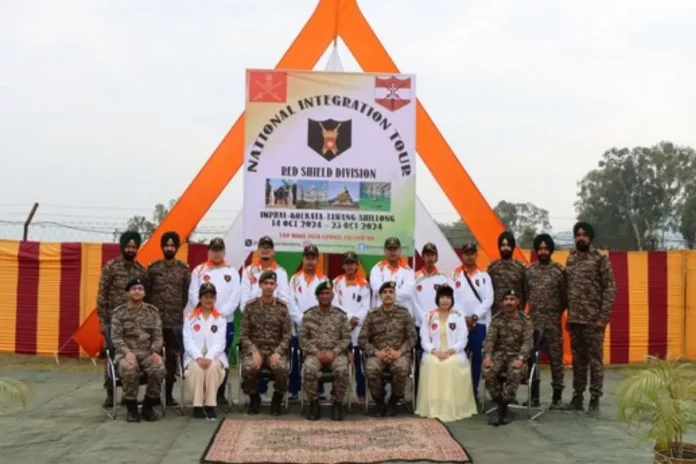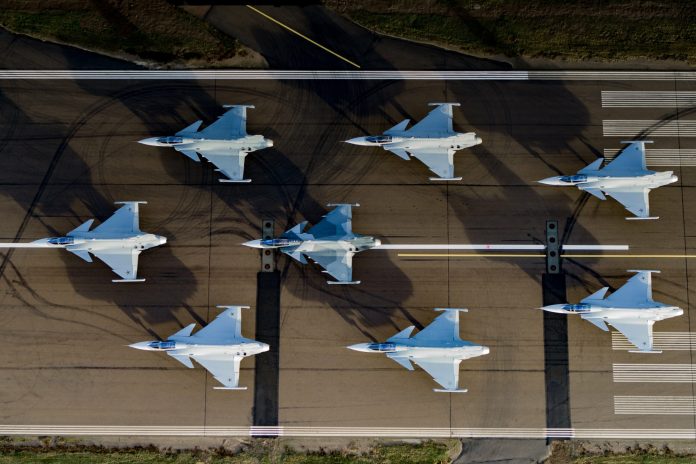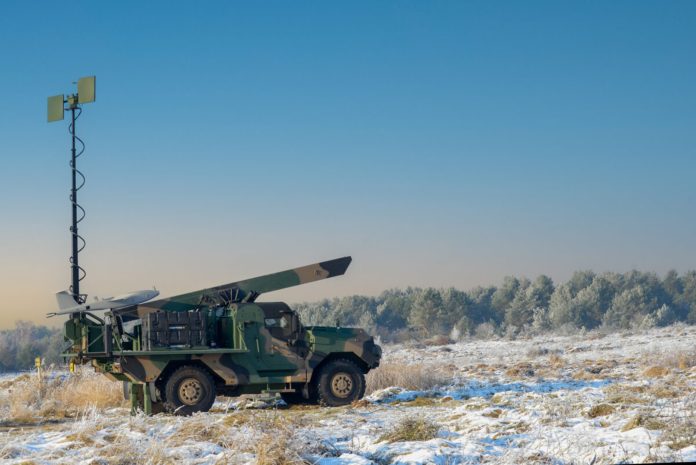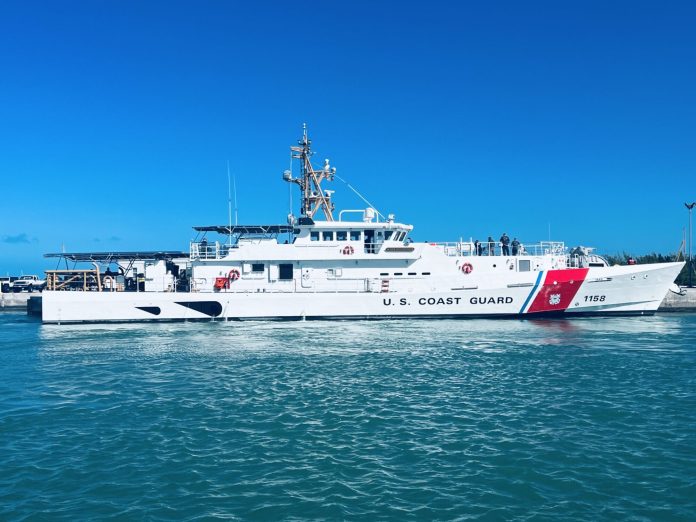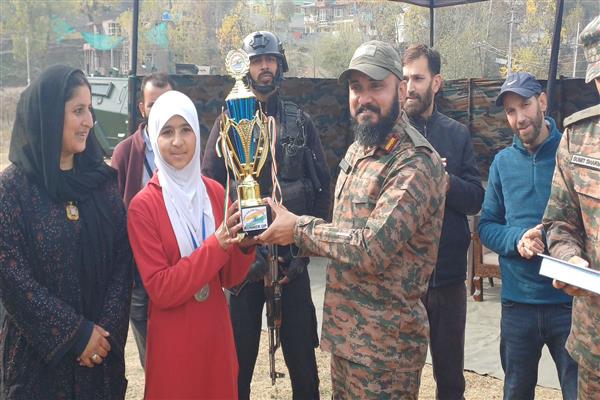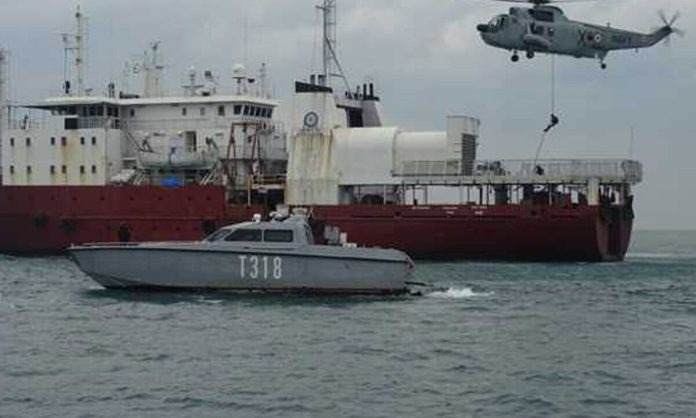Military personnel are known for their well-groomed, short haircuts that project an image of professionalism, discipline, and order. The different types of army hairstyles have been designed with functionality in mind, and each style serves a specific purpose. In this article, we will explore the most common types of army hairstyles.
Army Hair Cutting Style
Army hair-cutting style refers to the specific hairstyles that are required for military personnel. These styles are designed to be low maintenance and practical, as well as project a professional and disciplined appearance.
The basic guidelines for army hair-cutting style vary depending on the military branch and the specific job requirements. However, there are certain characteristics that are common to most military haircuts:
Also Read: 5 Fresh Indian Air Force Hair Style
- Short length: Most army haircuts are short, with the hair on the sides and back of the head clipped close to the scalp. The hair on top of the head is usually slightly longer but still relatively short.
- Tapered sides and back: The hair is usually tapered, meaning that it gradually gets shorter as it approaches the neckline and sideburns. This creates a neat and uniform appearance.
- No bangs: Most army haircuts do not include bangs or a fringe, as this can interfere with vision and get in the way of hats or helmets.
- No extreme styles: Military haircuts should be conservative and practical, avoiding any extreme styles or colors that might be distracting or unprofessional.
Indian Army Hair Style
1. High and Tight
The high and tight is one of the most popular Indian army hair styles, and it is characterized by a closely cropped cut on the sides and back of the head. The hair on top is usually only a few inches long and is cut in a tapered fashion. This style is ideal for military personnel who are frequently exposed to harsh conditions as it is easy to maintain and does not require much styling.
2. Crew Cut
The crew cut is similar to the high and tight, but it is slightly longer on the top. It is a classic military hairstyle that has been in fashion since World War II. The hair is typically cut to a uniform length of around an inch and is tapered on the sides and back. The crew cut is also low maintenance and requires little styling.
3. Buzz Cut
The buzz cut is the shortest of all army hair styles, and it is characterized by hair that is shaved to the same length all over the head. The buzz cut is popular because it is very low maintenance, and it is ideal for military personnel who are frequently exposed to harsh environments. This hairstyle is also commonly used by cadets and Indian army special forces operatives during training.

4. Regulation Cut
The regulation cut is a style that is commonly used in the Indian Army. It is similar to the crew cut, but it is slightly longer on the top. The hair on top is usually cut to a length of around two inches and is tapered on the sides and back. The regulation cut is ideal for military personnel who need to maintain a professional appearance while in uniform.
5. Ivy League
The Ivy League is a style that is similar to a crew cut but is slightly longer on the top. The hair is typically tapered on the sides and back, and the hair on top is usually around two to three inches long. The Ivy League is a classic hairstyle that is often seen in military academies.
6. Side Part
The side part is a classic hairstyle that has been used in the military for many years. It is characterized by a part that is shaved into the hair on one side of the head, and the hair on top is usually around two to three inches long. The side part is a versatile hairstyle that can be styled in different ways to suit the individual.
7. Flat Top
The flat top is a style that is characterized by a flat, horizontal top that is usually about an inch or two long. The hair on the sides and back is cut short, and the top is tapered to create a flat surface. The flat top is a popular hairstyle among military personnel and is often used in the US Air Force.
In conclusion, the different types of army hairstyles have been designed to serve specific purposes. They are all low maintenance and easy to maintain, which makes them ideal for military personnel who are frequently exposed to harsh conditions. These hairstyles also project an image of professionalism, discipline, and order, which is important for military personnel.
Which is the hairstyle of the Indian army
The standard haircut for the Indian Army is a very short buzz cut, with the hair on the sides and back of the head shaved to the scalp and the hair on top trimmed to a short length.
Which is the hairstyle of Indian army names
The undercut, The side par, crew cut.

